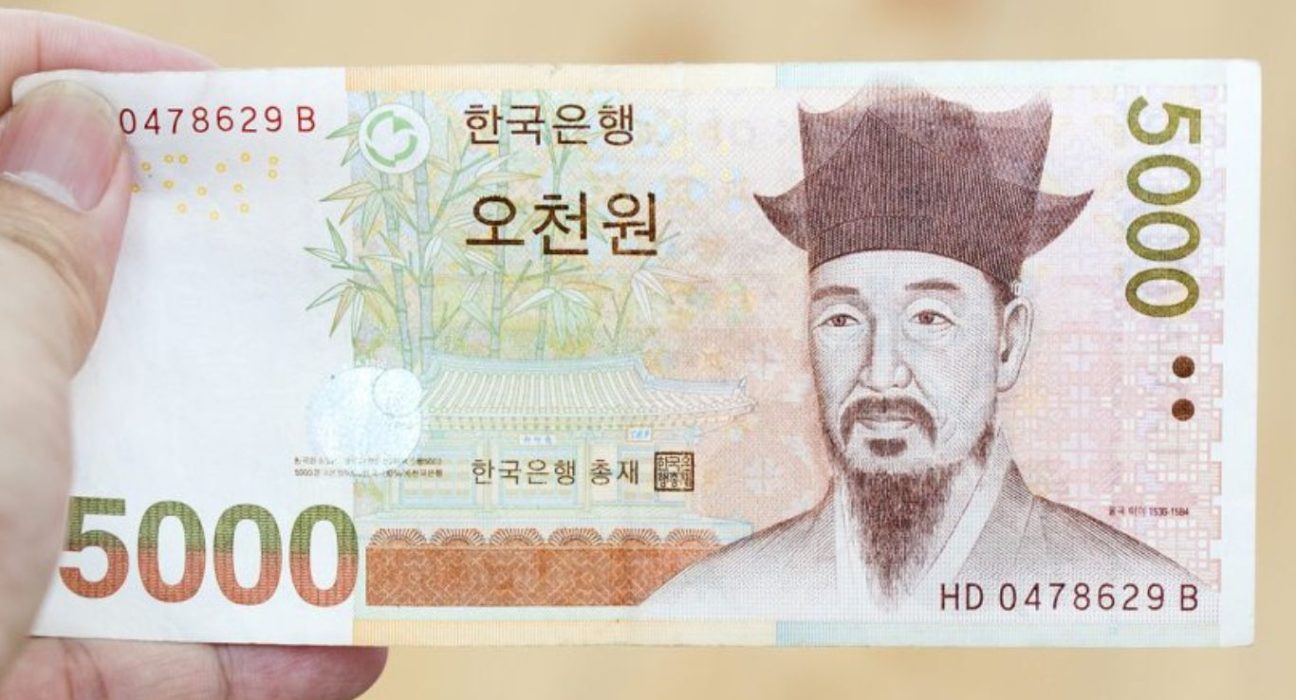Asian currencies have been making headlines in the financial world as the South Korean won and the Indian rupee experienced gains in the forex market. The rate-sensitive South Korean won strengthened by 0.4% against major currencies, while the Indian rupee also saw a modest rise of 0.1%. The primary catalyst behind this surge is attributed to the influence of lower oil prices, which provided support to these currencies amid a dynamic economic landscape. Investors and analysts are keenly observing how this trend may shape the economic outlook for South Korea and India, and its implications for the broader Asian region.
South Korean Won Shows Resilience
The South Korean won displayed its resilience against global currencies, adding 0.4% to its value. One of the key factors contributing to this growth is the currency’s sensitivity to interest rates. As interest rates are often a crucial determinant of currency movements, any hint of changes in South Korea’s monetary policy can significantly impact the won’s strength. Additionally, the country’s export-oriented economy is benefitting from lower oil prices, which has helped cushion the impact of the pandemic’s economic aftermath. Investors are optimistic about South Korea’s economic recovery, given its steady performance in managing the COVID-19 crisis and its effective fiscal and monetary measures.
Indian Rupee’s Upsurge Amid Economic Opportunities
The Indian rupee also witnessed a boost, gaining 0.1% against major currencies. Lower oil prices have contributed to this positive momentum, as India is a net importer of crude oil. A decrease in oil prices not only reduces the country’s import bill but also positively affects inflation and the current account deficit. Additionally, India’s economy is showing signs of recovery after a challenging period of economic contraction. As the country continues to manage the pandemic’s impact, various sectors are rebounding, and foreign investors are expressing increased interest in the Indian market. These factors have collectively played a role in bolstering the Indian rupee and enhancing market confidence.
Impact on Asian Economies and Trade
The upward movement of the South Korean won and the Indian rupee is not only crucial for their respective economies but also reflects broader trends in the Asian region. Asian economies, in general, have shown remarkable resilience in the face of global economic challenges. The positive performance of these currencies indicates that they are becoming increasingly attractive to investors seeking growth opportunities in emerging markets. Moreover, as Asian countries continue to focus on strengthening their economic ties, these currency gains can potentially lead to improved trade prospects among nations in the region.
Oil Prices and Global Economic Dynamics
The correlation between lower oil prices and the appreciation of Asian currencies underscores the role of oil in global economic dynamics. As a crucial commodity, oil prices influence various aspects of economies worldwide. Lower oil prices have a cascading effect, benefitting oil-importing countries like South Korea and India while posing challenges to oil-exporting nations. For oil-importing countries, reduced energy costs stimulate consumption and investment, leading to overall economic growth. However, for oil-exporting nations, a decline in oil prices can create fiscal pressures and impact their currency values. Understanding these dynamics is vital for policymakers and market participants to make informed decisions and navigate the complexities of the global economy.
Outlook and Considerations
Despite the recent gains, both the South Korean won and the Indian rupee still face uncertainties and risks. Geopolitical tensions, fluctuations in global oil prices, and changing economic conditions can swiftly alter the currency landscape. The monetary authorities in both countries need to carefully manage their monetary policies to strike a balance between supporting economic growth and managing inflationary pressures. Furthermore, monitoring regional and global economic developments will be crucial to understand how external factors might impact the Asian currencies’ future trajectory.
Conclusion
In conclusion, the rate-sensitive South Korean won and the Indian rupee have seen positive movements, gaining 0.4% and 0.1%, respectively, driven by lower oil prices. These currency gains signal optimism among investors and reflect the resilience and potential of Asian economies in navigating challenging times. As Asian countries continue to collaborate and explore new avenues of growth, the region’s currencies are likely to remain in focus for investors seeking promising opportunities. However, it is essential to remain cautious and keep a close eye on economic developments to adapt to potential shifts in the currency landscape.










